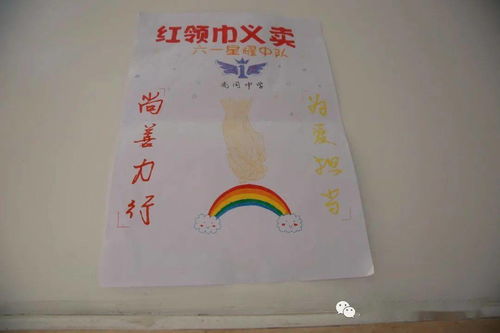Exploring ChineseEnglish Homonymous Poetry: A Fusion of Cultures
ChineseEnglish homonymous poetry, also known as bilingual homophonic poetry, is a captivating fusion of two distinct linguistic and cultural traditions. This form of poetry plays with the sound similarities between words in both languages, creating a harmonious interplay of meanings and sounds. Let's delve into some notable examples of ChineseEnglish homonymous poetry:
1.
Li Bai (李白) Drinking Alone by Moonlight (月下独酌)
In this iconic poem by the renowned Tang dynasty poet Li Bai, the moon (月, yuè) symbolizes loneliness and introspection. The phrase "月下独酌" (yuè xià dú zhuó) can be interpreted in English as "Drinking Alone by Moonlight." Here, "酌" (zhuó) and "alone" share a similar sound, creating a poetic resonance between the two languages.
*Guiding Interpretation:* Li Bai's poem embodies the universal theme of solitude, resonating with readers across cultures. The juxtaposition of Chinese and English in the title enhances the poem's allure, inviting readers to explore the depths of human emotion across linguistic boundaries.
2.
Du Fu (杜甫) Thoughts While Traveling at Night (夜行船)

Du Fu, another esteemed Tang dynasty poet, crafted this reflective piece while contemplating the journey of life during a nighttime boat ride. The title "夜行船" (yè xíng chuán) can be rendered as "Thoughts While Traveling at Night" in English. The homophonic similarity between "行" (xíng) and "thoughts" enriches the poem's linguistic texture.
*Guiding Interpretation:* Du Fu's poem delves into the transient nature of human existence, urging readers to ponder life's mysteries amidst the vast expanse of the night. Through the medium of bilingual homophonic poetry, Du Fu's contemplations resonate with a diverse audience, transcending linguistic barriers.
3.
Contemporary Examples: CrossCultural Creativity
In modern times, poets continue to explore the dynamic interplay between Chinese and English through homonymous poetry. Writers such as Bei Dao (北岛) and Yang Lian (杨炼) have experimented with bilingualism, infusing their works with a sense of cultural hybridity.
*Guiding Interpretation:* Contemporary ChineseEnglish homonymous poetry serves as a testament to the enduring relevance of crosscultural exchange in artistic expression. By bridging linguistic divides, these poets cultivate a rich tapestry of meaning, inviting readers to embark on a journey of discovery that transcends borders.
Conclusion: Celebrating Linguistic Harmony
ChineseEnglish homonymous poetry represents a harmonious convergence of two linguistic traditions, fostering cultural exchange and creative innovation. Through the artful manipulation of sound and meaning, poets evoke profound emotions and insights that resonate with audiences worldwide. As we explore the rich tapestry of ChineseEnglish homonymous poetry, let us celebrate the enduring power of language to unite diverse cultures in a shared appreciation of beauty and expression.











